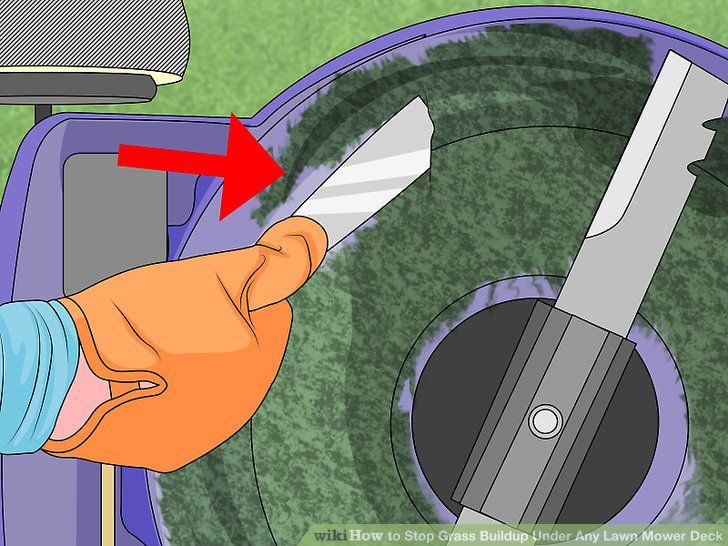Some of the ways to ruin your quad take some work (like crashing), but some of the easiest ways to ruin your quad are quite simple (and you might be doing them right now!). From neglecting minor maintenance issues to learning the hard way that your quad isn’t a great swimmer or immune to the laws of gravity, here are 10 quick and easy ways to ruin your quad. And, of course, how to fix them.
Raise your hand if you’ve ever said, “I never change the air filter on my quad because I have better things to do like losing horsepower and quietly ruining my ATV’s engine! Maintenance is for suckers!”
Your quad’s air filter needs to be cleaned regularly. Why? Because running an engine with a dirty air filter is one of the easiest ways to ruin your machine. Sucking dirt particles into the engine will, over time, wear out the engine and can do some serious damage. Here’s the basic break down: an engine needs both fuel and air to produce power.
When the air filter is dirty, it can no longer keep dirt from getting sucked into the engine. When dirt particles start invading the inner chambers of your quad’s powerplant, it won’t run as well as it should, which results in horsepower loss and interior damage to the engine, which can easily be fixed by buying a new engine (if that’s what you’re into).
Clean the air filter before riding season begins if you’re a casual rider, and clean it after a really nasty dirty ride if you’re a frequent off-roader. If you ride in the dunes, you might have to clean the air filter more than ONCE A DAY. Did you hear that? ‘Cause we’re yelling it! Here’s a good rule of thumb: if you face has dirt on it after a ride, check the air filter in your quad. If it’s dirty, clean it!
Maybe right now is a good time to turn off the computer and get so cleaning or replacing your quad’s air filter. Something so simple (it takes all of 10 minutes and not a whole lot of money) makes a big difference in how your quad runs, and for how long it’ll keep running in the years to come.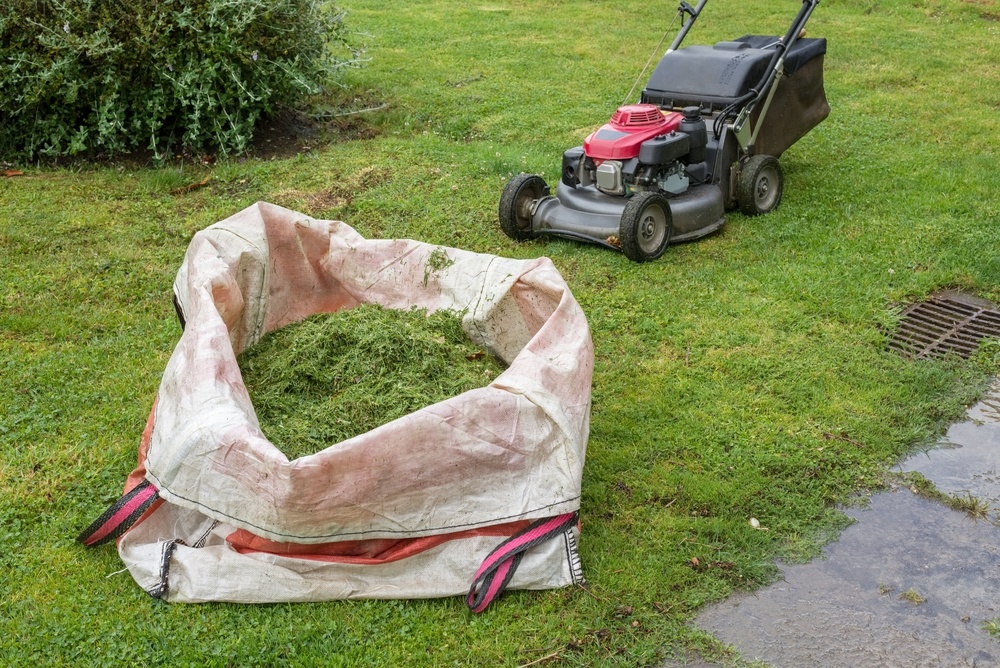
Smack yourself if you’ve ever said: “Changing oil is for jerks, and I always say that if there’s oil in the engine it’s all good. I know for a fact that a magical grease monkey visits my quad in the garage and cleans the goop out of the oil so I never have to change it.”
This works much like the air filter tip, and because we love to yell, we’re going to scream this: CHANGE YOUR QUAD’S OIL ONCE IN A WHILE, WOULD YA? Sheesh. Just like the air filter, oil collects junk and gunk. From little metal shavings from engine wear to dirt and debris, the oil is a breeding ground for a break down. And if you’re playing in puddles with your quad, you might have a nice little water and oil mixture going on there, and you know what they say about oil and water: they don’t mix. So, at the end of your riding season (if you’re a seasonal rider), replace the oil. Or, you can do it in the spring (but we prefer our quads to have fresh oil in their bellies while they wait out winter). If you ride your machine in the cold months, change the oil to the appropriate weight for colder temperatures. And in the heat of the riding season, change the oil if you get in too deep with a body of water or a mud pit. If you’re racing your quad, it’s not unreasonable to change the oil after every race. Basically, the point we’re trying to get across here is change the oil in your quad at least once a year, and do it more frequently if you’re a frequent rider.
If you ride your machine in the cold months, change the oil to the appropriate weight for colder temperatures. And in the heat of the riding season, change the oil if you get in too deep with a body of water or a mud pit. If you’re racing your quad, it’s not unreasonable to change the oil after every race. Basically, the point we’re trying to get across here is change the oil in your quad at least once a year, and do it more frequently if you’re a frequent rider.
The good news is that putting fresh, clean oil in your quad is one of the easiest maintenance routines to perform. Get a few quarts of ATV engine oil, drain the old stuff, and put new oil in. See? It’s so easy it took us only one sentence to explain what to do. But please, for the love of all things good and great, don’t dump the contaminated old oil down a drain, a sewer, or into your yard. If you do, we’ll be forced to come to your house with a rolled up newspaper and smack you on the nose. Take the old oil to a recycling center, like a repair shop. Most places will take your dirty oil and recycle it for free! The environment will thank you, and you’ll save yourself a swat with a rolled up newspaper and the embarrassment of us publishing photos of you getting scolded. DON’T MAKE US COME OVER THERE.
Most places will take your dirty oil and recycle it for free! The environment will thank you, and you’ll save yourself a swat with a rolled up newspaper and the embarrassment of us publishing photos of you getting scolded. DON’T MAKE US COME OVER THERE.
Holler if you’ve ever stated, “If bolts need a written invitation to stay where they’re supposed to, then I don’t really need ’em! Let them fall off!”
We know a lot of riders who live by the motto, “Run it ’til the wheels fall off.” And you know what? It’s more likely than you think! You can’t “pin it to win it” if stuff (especially important stuff like a wheel) is separating from your machine. Would it kill you to grab a torque wrench or a socket once in a while and check that all the bolts on your machine are tight? We asked a few doctors, and the consensus is no, in fact, it will not kill you to tighten a couple of bolts. No more excuses.
Here is a list of bolts you should be touching, tightening, and torquing on a regular basis:
* Lug nuts: They need to be properly torqued.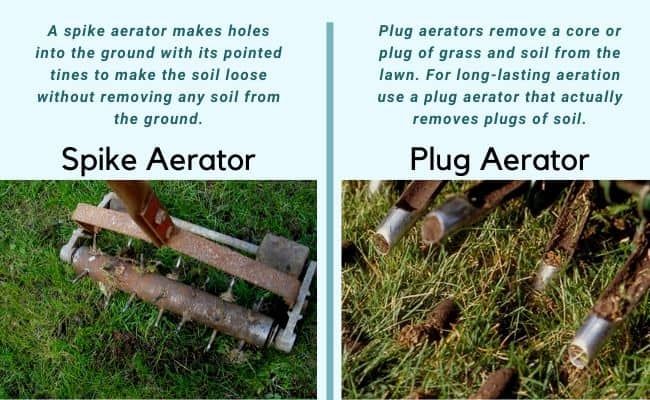 You don’t want your four-wheeler turning into an impromptu three- or two-wheeler.
You don’t want your four-wheeler turning into an impromptu three- or two-wheeler.
* Pivot bolt: This bolt holds the swingarm to the frame, so if even with a basic understanding of mechanics, you’ll know that it is important. A loose pivot bolt can wear out the frame and also ruin the bearings.
* Axle nut: Make sure the axle nut is properly tightened; a loose axle will wear out bearings and possibly destroy the axle carrier.
* Wheel hubs: Loose front hubs will wear out your quad’s bearings. Loose rear hubs will eventually strip axle and hub splines. This all will create more down time and work for you.
* Skid plate bolts: If you have a skid plate on your machine, check the bolts that hold it in place. Constant battering almost always loosens these bolts (and you don’t want to lose a $100-plus skid plate).
* Sprocket bolt: Constant chain torque eventually will loosen this bolt.
Water is important for the life of most things, but it could shorten the life of your quad; especially if you decide to try your quad out as a submarine (which it most definitely is not).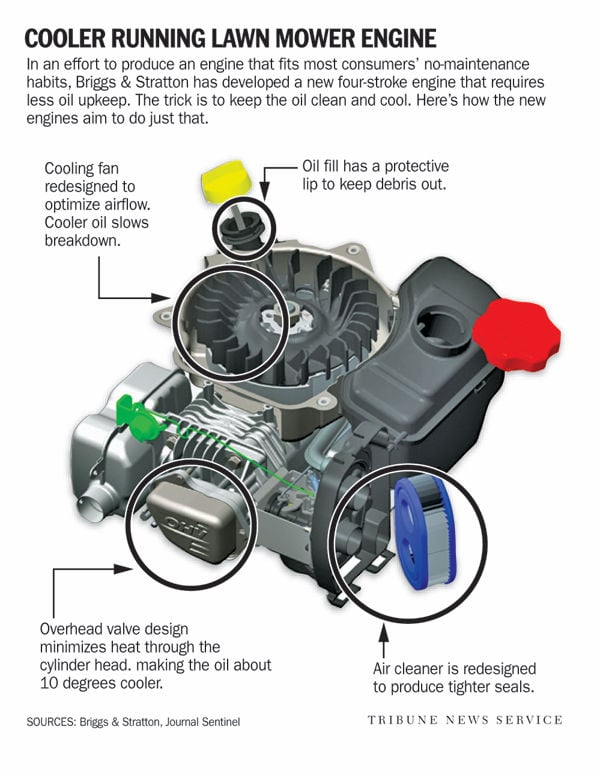 Sinking, submerging, and sucking moisture (whether water or mud) is a quick way get water in the engine, gasoline, and oil, which will do wonders for your quad…like “I wonder why it’s not working?” Are you confused as to what to do if your quad has spent more time floating than rolling lately? Here are a few hints.
Sinking, submerging, and sucking moisture (whether water or mud) is a quick way get water in the engine, gasoline, and oil, which will do wonders for your quad…like “I wonder why it’s not working?” Are you confused as to what to do if your quad has spent more time floating than rolling lately? Here are a few hints.
First of all, if you’ve sucked water, get your machine onto dry land and don’t try to start it! Tip your quad on its back end (on the grab bar) to drain some of the excess water out of the exhaust pipe. Then pull the spark plug out and crank it over with plug out to blow water out of the cylinder. If you have a belt-driven transmission (a quad without a chain), there should a plug at the bottom of the belt cover that you can pull to drain the water out once the quad is back down on its wheels. Also, open the air box (if it’s located behind the carburetor) and then pull the filter out. If it’s wet, do your best to dry it out.
If you can get your machine running again, don’t push your luck by keeping the ride alive. Your day of riding is over, man! It’s important to get it back home to the garage as soon as possible after a “bath.” When you get back to your garage, you’ll have to clean the airboot, change the oil, clean the air filter, and clean the carburetor out. Water sloshing around in any of these parts will mean certain doom for your machine in the near future. Regrease the zirks and anything else that needs attention (use waterproof grease if you liked dunking your quad so much the first time that you’re considering doing it again). Another great tool for cleaning up after a water landing is WD-40. The WD stands for “water displacement (for real!) and it will push water out of the machine.
Your day of riding is over, man! It’s important to get it back home to the garage as soon as possible after a “bath.” When you get back to your garage, you’ll have to clean the airboot, change the oil, clean the air filter, and clean the carburetor out. Water sloshing around in any of these parts will mean certain doom for your machine in the near future. Regrease the zirks and anything else that needs attention (use waterproof grease if you liked dunking your quad so much the first time that you’re considering doing it again). Another great tool for cleaning up after a water landing is WD-40. The WD stands for “water displacement (for real!) and it will push water out of the machine.
There are two rules we’ve tested time and time again: gravity and Murphy’s Law. We haven’t beaten either one yet. Trying to climb a steep hill, flipping your machine over, running your quad into a tree or rock, bending stuff that’s not supposed to be bent, puncturing things that aren’t supposed to be punctured, and breaking stuff in general does not bode well for the longevity of your quad. Surprised? Really? If you’ve crashed your machine, there are a few basics you should check out before riding again. First of all, make sure all your limbs work. Then check all the controls on your quad: make sure the throttle, brake, clutch, and shifter all work without binding. Next check out the tires and wheels: If there’s dirt in the bead or punctures in the tires that you can’t patch, then you know you’ll have to get back to your truck or trailer ASAP. If everything looks OK so far, straddle each tire with your legs and hold them tight while you twist the handlebars. This will tell you if there’s too much slop in the steering, and if there is, you need to ride very carefully back to your base camp. All those tests show no problems? Then start it up and make sure the throttle operates properly before taking off.
Surprised? Really? If you’ve crashed your machine, there are a few basics you should check out before riding again. First of all, make sure all your limbs work. Then check all the controls on your quad: make sure the throttle, brake, clutch, and shifter all work without binding. Next check out the tires and wheels: If there’s dirt in the bead or punctures in the tires that you can’t patch, then you know you’ll have to get back to your truck or trailer ASAP. If everything looks OK so far, straddle each tire with your legs and hold them tight while you twist the handlebars. This will tell you if there’s too much slop in the steering, and if there is, you need to ride very carefully back to your base camp. All those tests show no problems? Then start it up and make sure the throttle operates properly before taking off.
When you get back home, you’ll have to do a more in-depth checkup on your quad. While cracked plastics might not look great, they’re not essential to the function of your quad…but, if you’ve got a leaking gas tank, well, that’s another story. Check for obvious cracks or stress or paint chips where the frame was stressed. These could be the start of a bigger problem. Riding a quad with a broken frame is really not fun, so keep an eye on stress spots. Next up, check to see if anything is obviously bent, and make sure the quad rides straight. And now’s probably a good time to check all the bolts that we mention in #3, as well.
Check for obvious cracks or stress or paint chips where the frame was stressed. These could be the start of a bigger problem. Riding a quad with a broken frame is really not fun, so keep an eye on stress spots. Next up, check to see if anything is obviously bent, and make sure the quad rides straight. And now’s probably a good time to check all the bolts that we mention in #3, as well.
A dirty quad is a playground for lurking problems. Regardless of the amount and/or the velocity of the precipitation falling from the sky, rain is not an appropriate substitute for a good wash with some soap and water at the local car wash or in your back yard. And we’re not talking about just washing the parts of your quad that everyone can see. We’re talking about the deep-down, hidden, machine-eroding dirt that cakes underneath, in between, and everywhere it shouldn’t be. You may ask yourself how leaving dirt on your quad can ruin it, but trust us, it can and will!
Scrub the top, the sides, and don’t be afraid to reach underneath and clean that undercarriage. If it helps, you can roll your quad halfway up onto the ramps you use to load it into your truck bed
If it helps, you can roll your quad halfway up onto the ramps you use to load it into your truck bed
Repeat after us: Grease is good. Grease is great. Grease is better on your quad than on your plate. Well, they’re both equally good, but different kinds of grease. After you’ve put down that chicken wing, let’s get down to business greasing the pivots and bearings on your quad. They like grease even more that you do (if that’s possible!).
Grease:
Pivot bolt
Carrier bearings (axle)
Steering stem bushing
A-arm bushings or bearings
Front hub bearings
Think of gasoline like a gallon of milk. The same way milk will last a couple of weeks in the fridge, fuel will stay fresh in your quad for a couple of weeks. But, you wouldn’t let a jug of milk sit for six months and then try to have a bowl of cereal with it, would you? The same principal applies to gasoline. Fuel goes bad. It really does! This is not just some scare tactic employed by the oil companies to get more money out of you. Gasoline breaks down over time and it can take your quad down with it. It can clog up carburetors and fuel lines, and you’ll be left with a sputtering mess that konks out every time you blip the throttle. That doesn’t sound like fun, does it?
Gasoline breaks down over time and it can take your quad down with it. It can clog up carburetors and fuel lines, and you’ll be left with a sputtering mess that konks out every time you blip the throttle. That doesn’t sound like fun, does it?
If you’re going to leave your quad to rest peacefully in the winter months, or if you’re just going to be too busy to ride your machine for a while, prep the gasoline in your quad’s tank. Either drain the tank completely (run it ’til it’s dry if it’s got a carburetor) or put a fuel additive in the tank to keep the fuel from going bad. If you choose to put an additive in the tank, make sure you clean out the fuel from the line and the carburetor. The easiest way to do that is turn the fuel tank selector to “off” and let your quad run. This will use all the fuel in the fuel line and in the float bowls of the carburetor, making sure there’s not fuel left over that can go bad and gum up your machine. Make sure you do this out in the open though…trying this in a closed-off garage could equal one mean headache and a unplanned trip to the hospital.
Been mudding? Been riding in the woods? The sand? Anywhere at all? A lot of different types of terrain can be rough on your quad’s radiator. And if the radiator isn’t working correctly, shortly thereafter your engine won’t be working too swiftly either. Here’s a simple equation to demonstrate what we mean: crud (crap and mud) + radiator = overheated engine. How many rides are you going to get in with an overheated engine? Exactly zero.
If you’ve been mudding, splashing in puddles, or riding through wet terrain (even if it doesn’t seem that treacherous), your quad’s radiator could be operating at a diminished capacity. You need to clean that crap out! To fully clean your radiator, go ahead and make your pressure washer put some pressure on it. A good rule of thumb we’ve learned from our mud-bogging friends is if you pressure wash the radiator and water splashes back at you, then the radiator isn’t clean yet. The water should flow through the radiator without splashing back when it’s clean.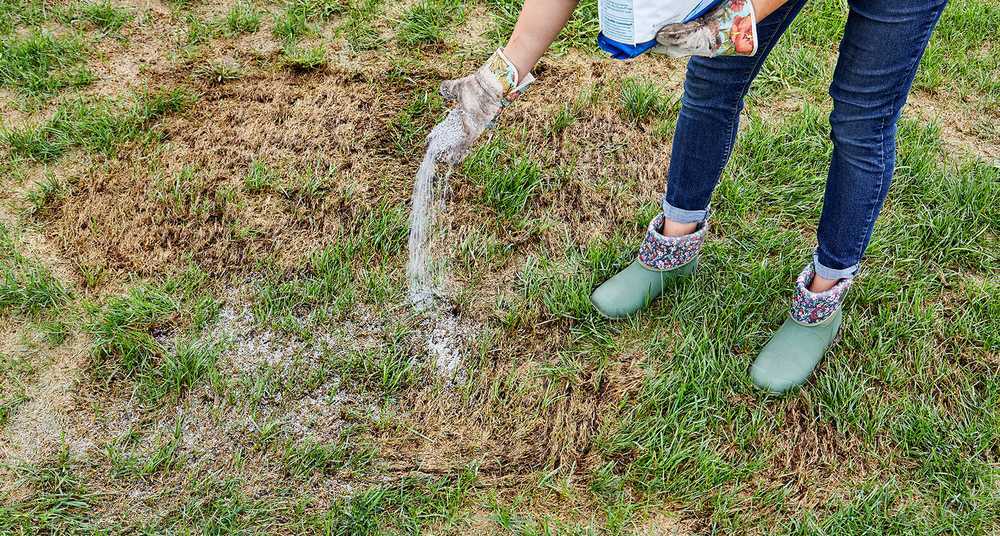 And when it’s clean, it’s keeping your engine cool. And when you’re engine’s cool, you’re in business.
And when it’s clean, it’s keeping your engine cool. And when you’re engine’s cool, you’re in business.
Dude, seriously? Did you just put a pipe on your quad and not rejet it? Lame! There are a lot of things you can accomplish in life by half-assing it, but mods to your machine are not among those things. Do it right the first time, and you won’t have to worry about it again. So, anything you add or change on your quad that affects the power it produces or the way it runs should be done properly (duh) and with the right adjustments. For instance, if you’re outfitting your quad with a new pipe, you need to make allowances for the added horsepower by either rejetting it (if you have a carbureted machine) or getting a new fuel map (if you have a fuel-injected quad). ––Cassandra
Take care of your machine to keep it running season after season. John HafnerOnce you’ve spent your hard-earned money on an ATV or SXS, you want to be sure you take care of it. Here are a few random tips to help you preserve your investment. Getting to know every part of your hunting rig is important, and even if you’re not the one doing the maintenance on your machine, you need to know how the terrain and riding conditions impact the health of your ride.
Here are a few random tips to help you preserve your investment. Getting to know every part of your hunting rig is important, and even if you’re not the one doing the maintenance on your machine, you need to know how the terrain and riding conditions impact the health of your ride.
The air filter on your machine is the breathing inlet for the motor. If the air filter gets clogged, the amount of air is reduced and the machine will run rich. This means more fuel than air is entering the engine and you stand a chance of fouling the spark plug. The sealing surface of your air filter is subject to leaking, and making sure the filter is properly seated in the housing is critical to clean air entering the engine. Even fine dust can wear on the engine’s internals and will eventually kill your investment.
Belt driven machines are more common today than in years past. The belt that puts the power from the motor to the transmission needs to stay dry and cool.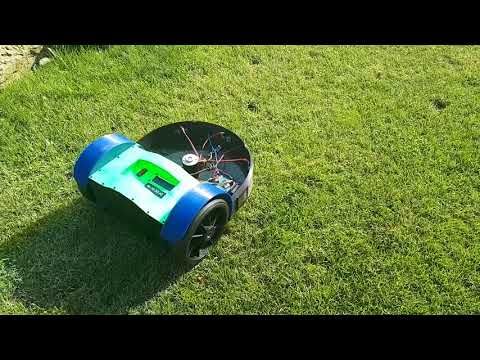 If you ride in deep water and the transmission slips, be sure to first remove the machine from the water and then drain the CVT box. Most newer belt drives have drains on the bottom rear of the CVT box. A wet belt slips and will burn wear spots on the sides of the belt. This will eventually lead to belt failure.
If you ride in deep water and the transmission slips, be sure to first remove the machine from the water and then drain the CVT box. Most newer belt drives have drains on the bottom rear of the CVT box. A wet belt slips and will burn wear spots on the sides of the belt. This will eventually lead to belt failure.
CV axle boots are subject to many obstacles along the trail. These boots protect the constant velocity joints for the front and rear axles on independent suspension machines. If these boots get torn, you will eventually ruin the joint. Mud, water, and trail trash will find their way into the joint and grind it to pieces. Always keep an eye on the axles and boots to prevent unexpected damage. ––Rick Sosebee
If you are looking for a way to improve your landscaping or get more from your ATV, you can make your yard work fast and easy with this machine.
There are lots of things you can do with an ATV, including landscaping.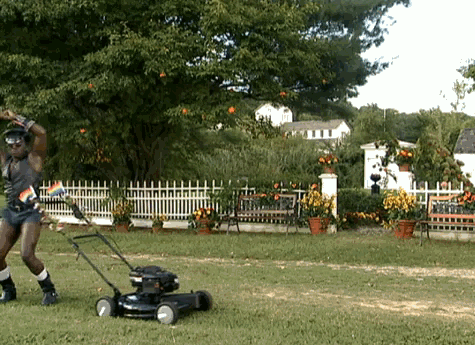 Some of the most notable landscaping hacks you can accomplish include using a power broom, using a pull-behind mower, attaching a lawn aerator to your ATV, and using it to spread seed and fertilizer faster.
Some of the most notable landscaping hacks you can accomplish include using a power broom, using a pull-behind mower, attaching a lawn aerator to your ATV, and using it to spread seed and fertilizer faster.
All of these ATV hacks are made possible because of the many attachments you can purchase to make your ATV more impressive and versatile. If you are a beginner at landscaping work, it is smart to take it slow and not overdo it and damage your ATV. However, with a little experience, you can make your yard work fast and easy this way.
Finding different ways to use your ATV is something we excel at and we have tried different techniques with these machines in the past. They are highly effective for landscaping work and this guide includes some of the best hacks you should consider for your own home.
Landscaping is a much-desired outdoor activity for many people. But, it can become costly when you calculate the price of the materials involved in landscaping your yard. Because of this, people do not always have the budget needed to invest in landscaping their backyard or front yard.
Because of this, people do not always have the budget needed to invest in landscaping their backyard or front yard.
But for people who don't know, an ATV is an effective tool that can be used for landscaping at home too. They are versatile machines that drive with lots of precision and speed to help you haul bigger loads and complete tasks faster.
It is easy to operate and has a sleek design. It also comes with a range of attachments so you can do your job quickly and efficiently without causing any damage to your surroundings.
There are lots of different landscaping hacks that can be accomplished with an ATV too. We have included eight of the most important ones you should know about to improve your lawn at home.
An ATV power broom is a multi-functional device that can be used to clean the floor of your yard or commercial property. It comes with a handle, brushes, multiple speed settings, an optional extension for cleaning hard surfaces around the property.
This tool helps you get the dirt, sand, and gravel off your hard surfaces. You can use it on your patio, driveway, or garage floor. It helps you get the dirt out of between the seams of masonry or concrete.
You can use it to sweep away sand and gravel from hard surfaces like concrete floors, patios, driveways, and garages. This is a powerful tool that can help you remove wet or frozen ice and snow in the winter too.
It is designed for specific jobs like moving dirt, sand, and gravel from hard surfaces. As long as your ATV has enough load capacity, there are no shortages to the amount of dirt the power broom can move.
A pull-behind mower is designed to attach to an ATV's drive wheels, using the engine's power to move the mowing deck at speed. These attachments allow you to cut grass and brush in a more efficient manner.
When using your ATV, you can stay well clear of the ground while preventing roots from getting tangled in the blades.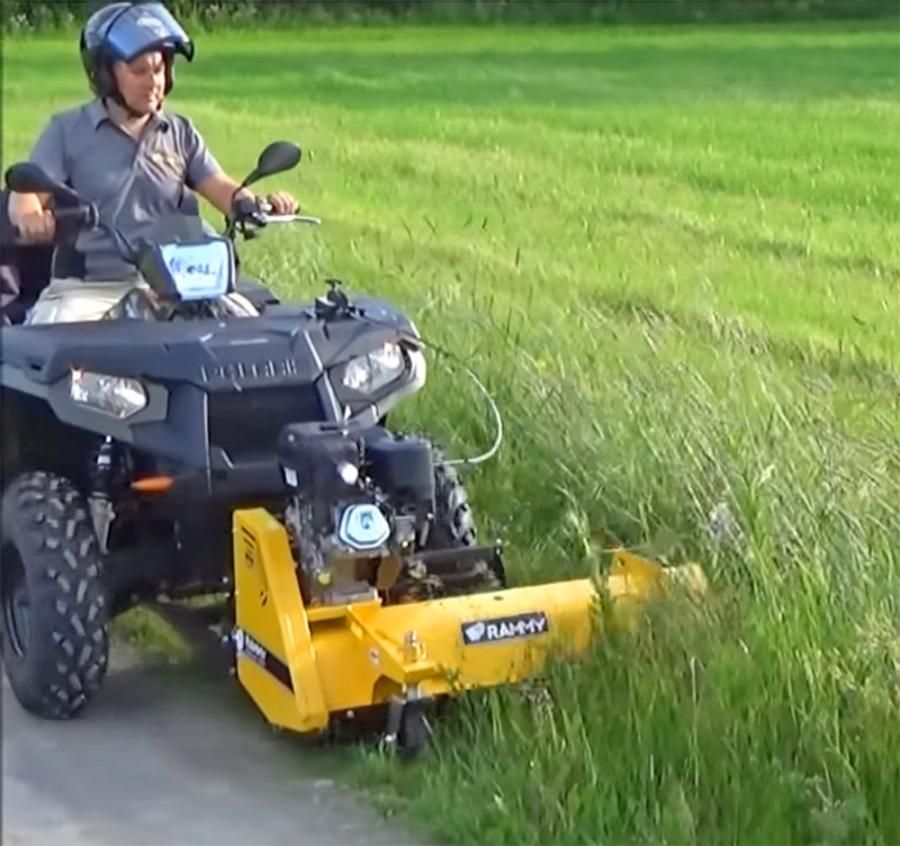 ATVs are easy on the hips and legs of people with mobility issues for landscaping work.
ATVs are easy on the hips and legs of people with mobility issues for landscaping work.
Using the pull-behind mower attachment on an ATV is not just advantageous for cutting your lawn, but also for clearing paths and getting under trees that would otherwise be impossible to reach with a push-mower alone.
These attachments can be attached directly to your ATV and can help you cut grass and brush more evenly than with the use of a push-mower. There are also plenty of different mower types that you can choose from.
A lawn aerator attached to an ATV is a handy tool that allows you to work quicker. It also makes your job safer and faster so you can aerate your lawn with ease on your ATV.
Lawn aerators are attached to the rear of your ATV, which allows it to more easily maneuver around the yard without getting stuck or losing traction. With this equipment, it is now possible to take on any landscaping job that needs to be finished quickly.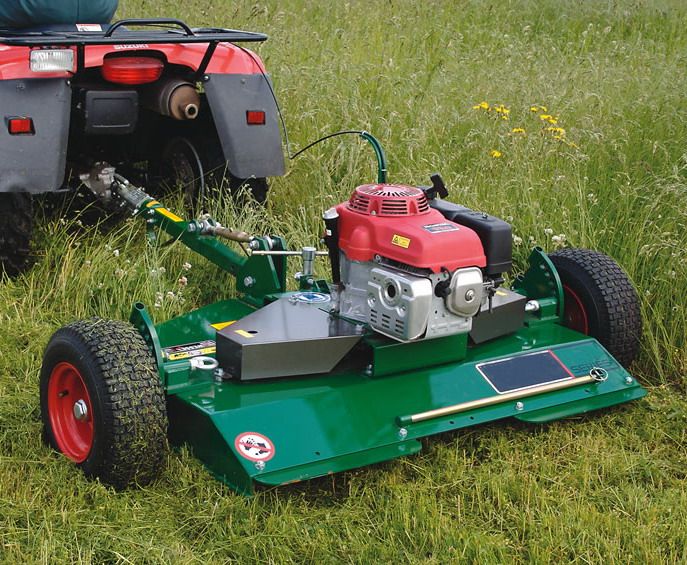
Typically, you would opt to hire a professional to use this type of equipment to aerate your lawn but instead, you can do it on your own with an ATV. It pulls the small cores of soil from your lawn to open it up clearly for water.
Attachments for ATVs also allow users to spread fertilizer and seed faster. You can find a wide range of attachments that will help you accomplish your tasks easier and faster.
It is suitable for small-scale farmers and homeowners at extremely affordable prices. You can use your ATV to spread fertilizer and seed faster by using specific attachments.
ATVs are now getting popular among the farmers because they are more efficient than any other farm machinery. This machine can be used for yard work as well, but it has specific attachments which make it special in terms of its functionality.
If you have a bigger yard that needs fertilizing, using your ATV to get the job done is the perfect landscaping hack.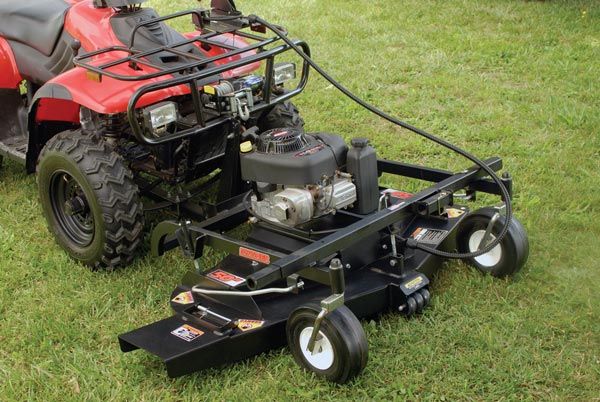 They can drive around the property faster and the tools will hold plenty of seed to handle the task.
They can drive around the property faster and the tools will hold plenty of seed to handle the task.
The ATV is a great tool that can be used to transport a variety of things from one location to another without the need for a truck, tractor, or even a trailer.
ATVs offer convenience and flexibility in terms of transportation needs for your farm ground. They are small but very durable, making them perfect for carrying heavy loads on rough terrain without having to worry about getting stuck or damaging anything important.
When you have an ATV, it's easy to do things around your property when you need to. You can also use it when you need to haul heavy objects and save time and energy. These are just a few of the many reasons why people should at least consider buying an ATV.
There are lots of different carts that attach to the rear as a tow behind option for moving wood, mulch, and other heavy things quickly.
With the variety of attachments and accessories available, you can easily do your yard work without much effort. One of the biggest problems you face as a homeowner is weeds growing in unwanted places.
One of the biggest problems you face as a homeowner is weeds growing in unwanted places.
With the help of attachments and accessories, you can make your ATV a powerful weed sprayer. You can use attachments to attach to your ATV’s sprayer or use a variety of accessories for spraying weeds around the property.
The attachment that you need might differ based on what type of weed is prevalent in your area. Some weeds are easier to control than others, so it is important to know your weeds so that you can purchase the right attachments.
There are many accessories and attachments available for ATVs to help with the job. Your ATV can ride faster and more precisely than any other machine can too, making this job much more efficient.
When the ground is hard, using a rake to level it is not advisable because it wears down the blade quickly. A pull behind rakes is an alternative to this and it can be done well on an ATV.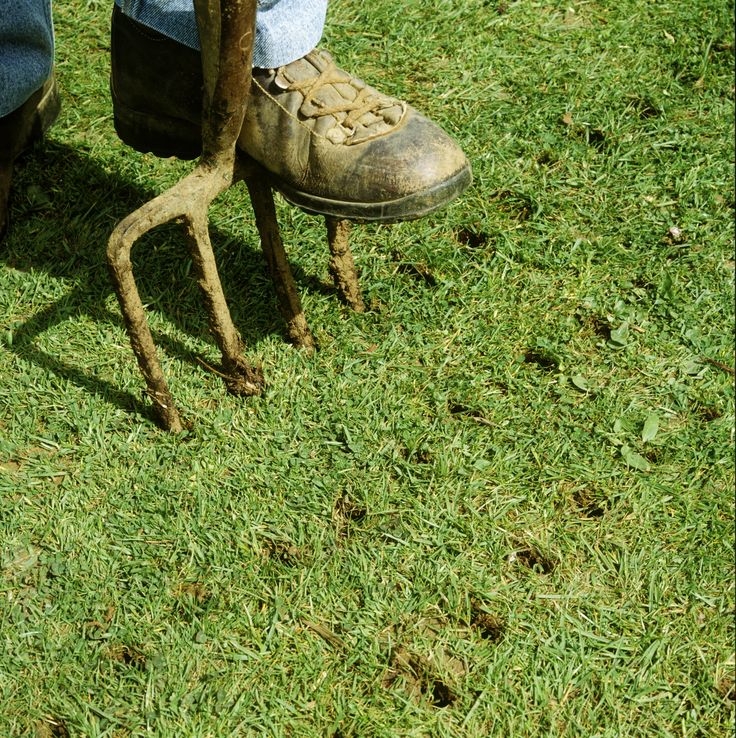
The hitch allows you to attach all types of things to your ATV, and a pull behind rake is one of the more advanced pieces of equipment you can use. It will work well in your yard to remove leaves, grass clippings, and other yard debris.
It will also level the ground well too. The ATV can drive slow enough so that it pulls with enough power to get the job done the right way. It is important to do this job slowly though and avoid bumpy terrain because the rake is not designed for that.
ATVs can be used in a number of ways, and they are a great way to get around the winter weather. They can move people, tree limbs, and other heavy objects with ease by acting as a reliable winch.
This comes in handy during yard work too. You can use your ATV as a winch in your yard to plow snow, remove old objects, and haul items.
The most common examples of winching with an ATV include the removal of old wood or ripping stumps out of the ground that would otherwise need to be done by professionals.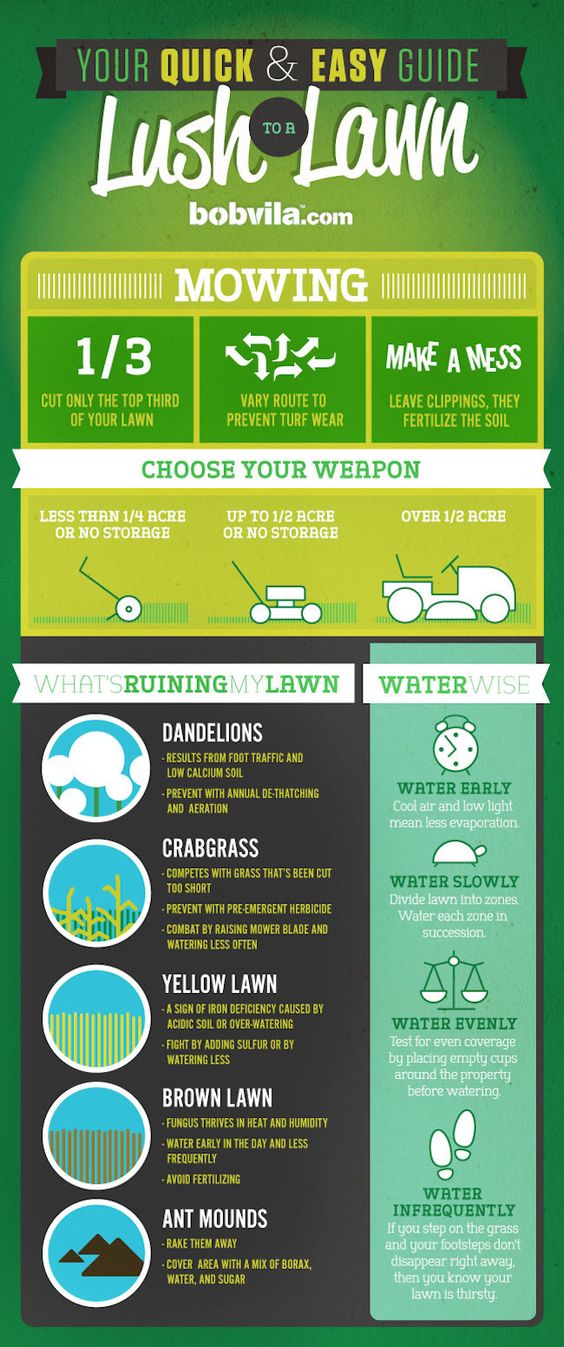 A winch will save you lots of money so you can get tasks done on your own.
A winch will save you lots of money so you can get tasks done on your own.
With an ATV, you can tidy around your garden and even move some rocks. There are lots of different tasks you can accomplish outdoors around the house to look like you are your own professional landscaper.
But before getting started, you need to properly prepare your ATV to ensure nothing bad happens and it does not incur any damages. Follow these steps to prepare your ATV for landscaping work.
The most important thing to do before using an ATV for landscaping work is to tighten any loose bolts on the machine. Loose bolts are an obvious cause of problems with the machine, which could lead to it breaking down or injuring someone.
In many cases, screws can become loose from being too long or too tight on a machine. To fix this problem, you need to tighten any loose bolts on the machine using a ratchet and socket set with an Allen wrench attachment.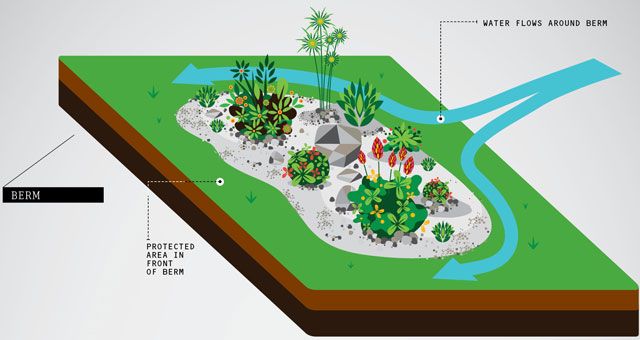
This ensures that the screws have more pressure on them and stay in place more firmly so they don't fall out of place when being used for landscaping work.
This tip is for people who use an ATV in landscaping work. Before you start with the job, make sure that you check the oil and air filters. If they are clogged, clean them out with engine oil and replace them with fresh ones before you start your job.
The oil filter is used to catch dirt particles in engine oil. It also prevents large pieces of metal from entering the engine. The air filter keeps dirt, dust, pollen, and other contaminants out of your ATV’s engine.
After these filters are properly cleaned, you can continue on to the next step before you start your landscaping work.
Before you use your ATV for landscaping work, you need to check the tire conditions. If the tire is low, then the tread and sidewall will be thin and can't take much weight.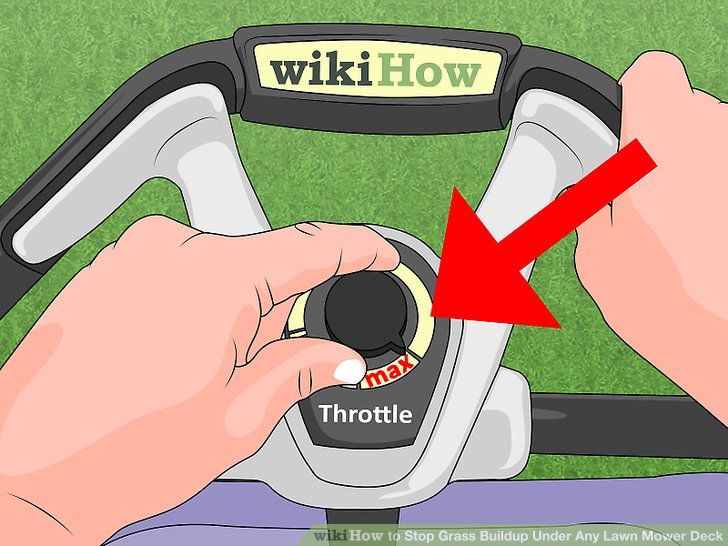 This will increase the risk of a blowout.
This will increase the risk of a blowout.
You should also look for tire punctures. If needed, pump the tires up to the proper PSI levels so you can experience the optimal performance from your ATV.
Now that you have inspected your ATV, you can attach the necessary landscaping accessory to start your work. There are several landscaping accessories that you will need to attach to your ATV. You can decide which one you want based on the specific work that you are doing.
After all of these steps have been completed, you can get started on your landscaping work. Be sure to practice basic safety procedures and be mindful of your surroundings while doing landscaping work with your ATV.
It is important for you to service your ATV after each use so it doesn't break down. This helps prevent damage caused by the rugged terrain and also promotes a safe ride.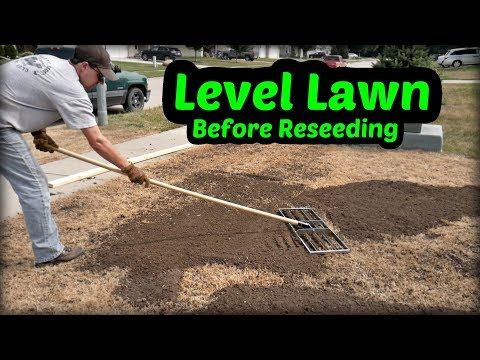 ATV maintenance is important because it prevents your ATV from getting rusty and it only takes a few minutes.
ATV maintenance is important because it prevents your ATV from getting rusty and it only takes a few minutes.
Be sure to clean your ATV after each usage. This includes taking off the excess dirt, grass, etc. so that it doesn't get caught in the gears and harm the machine.
The two most important aspects of any ATV are its battery and its engine. The battery should be checked every month for signs of damage, degradation, or corrosion to avoid issues that can lead to an ATV catching on fire.
The other key part of the ATV is the engine. This needs to be served every few months for signs of wear, erosion, or damage. Allowing debris to build up in this part can cause oil leaks and breakdowns which lead to an expensive repair bill.
It is best to aim to service your ATV monthly and always inspect it before each ride to avoid any unseen issues during usage.
Five two-seat ATVs available to order. And one person, for example, a girl who does not want to drive an ATV, can ride with an instructor. Up to 11 people can go on the route at the same time. The rest at this time can fry kebabs, go to a small zoo, visit a 5D cinema or shoot at a shooting range.
And one person, for example, a girl who does not want to drive an ATV, can ride with an instructor. Up to 11 people can go on the route at the same time. The rest at this time can fry kebabs, go to a small zoo, visit a 5D cinema or shoot at a shooting range.
For safety reasons, you must be accompanied on the route by an instructor on a separate ATV. He will show you all the most interesting places and will try to make your trip rich and memorable.
Yes, we have two seater quads and if you are traveling as a couple you can change seats and take turns driving the quad.
Your passport is required to sign an ATV rental agreement.
We are open all year round, any day and in any weather. All the necessary equipment is provided in accordance with the season: helmets, balaclavas, gloves, mud protection suits. Do not try to adjust your vacation to the weather, in the forest everything is perceived differently than in the city. The worse the weather, the more lucky you are, your ATV trip will be more emotional and memorable. nine0005
All the necessary equipment is provided in accordance with the season: helmets, balaclavas, gloves, mud protection suits. Do not try to adjust your vacation to the weather, in the forest everything is perceived differently than in the city. The worse the weather, the more lucky you are, your ATV trip will be more emotional and memorable. nine0005
ATV must be operated by persons over 16 years of age. Children under 16 ride only with adults.
An ATV is a vehicle just like a car. Persons under the influence of alcohol or drugs are not allowed to drive.
We travel along village paths, forest paths and off-roads. We try not to travel on public roads. We formalize the rental as training in driving an ATV.
The ATV is a vehicle that is very easy to drive.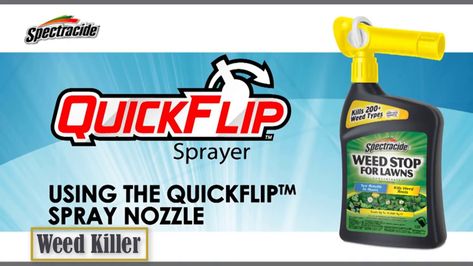 We guarantee that under the guidance of our experienced instructors, any girl will be able to independently control an ATV on her first trip. nine0005
We guarantee that under the guidance of our experienced instructors, any girl will be able to independently control an ATV on her first trip. nine0005
All of our quad bikes pass the State Technical Inspection every year, our instructors have been trained and have special rights to drive an quad bike. And the technical condition of ATVs plus professional instructors is a complete guarantee of your safety during ATV rental.
No, changing into protective clothing, getting to know the basics of driving an ATV, safety briefing take place at extra time. nine0005
We design and manufacture cool accessories for your ATV. Now you can not only get a drive, but also change the world around you. Remove snow, mow the lawn, clean the sidewalk, plow the field, lift and transport a heavy load of more than 150kg - now it's a pleasure! Welcome to the world of Xator.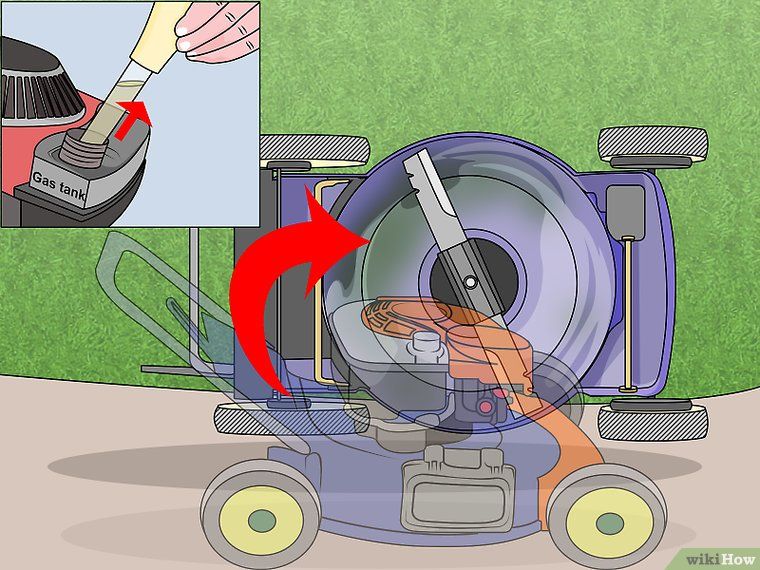
Unmowed field ahead, flat ground behind you. Chopper mower with 50mm ball tow hitch. Suitable for any rear mounted ATV. The XRW-1200 excels in grass, shrubs and small trees. Thanks to the rear attachment, the mower can even be mounted on low power ATVs or other equipment, such as a tractor, car, etc. nine0005
More
Rear Rack Installs Tow Bar Mount in Seconds. For installation, the ATV must be equipped with a 50x50mm square towbar mount. Helps to transfer loads no more than 100 kg.
More
ATV hydraulic system is your great household helper. It will help to transport cargo, lift heavy objects, remove snow, dig, level, clean, loosen and much more. Thanks to the standard connector, you can connect a large number of hydraulic equipment - a jack, a jackhammer, a vice, etc.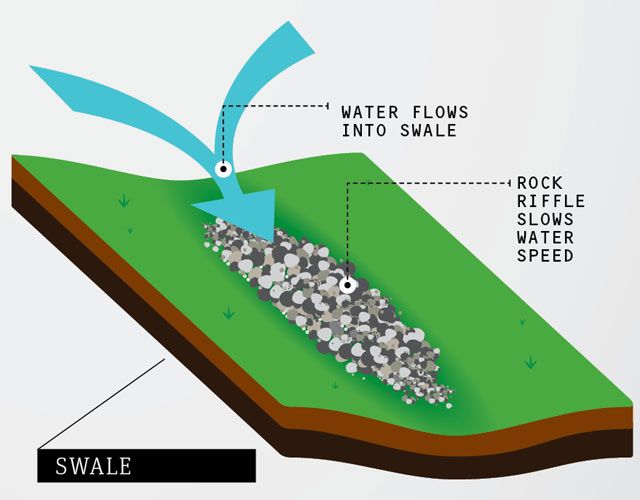 nine0005
nine0005
More
For those who like to watch and control. Mower chopper with installation on the front of the ATV. Friendly with ATVs with a capacity of at least 400cc. Equipped with a winch, it makes it easy to raise and lower the mower for moving from one mowing place to another. X-205 is tough on thick grass, bushes and small trees.
More
The XATOR broom is a quick and affordable way to clean large areas such as: roads, sidewalks, driveways, squares. Lifting is carried out using a winch. Capture width 1200mm.
Read more
Snow blower Snow Blower XSB-1200 has a double-circuit type of snow mass intake, which allows you to effectively clear large areas, the innovative design of the auger allows you to deal with snow crust, packed and wet snow. The universal snow blower is designed for installation on ATV (UTV) weighing at least 400 kg and equipped with a front winch.